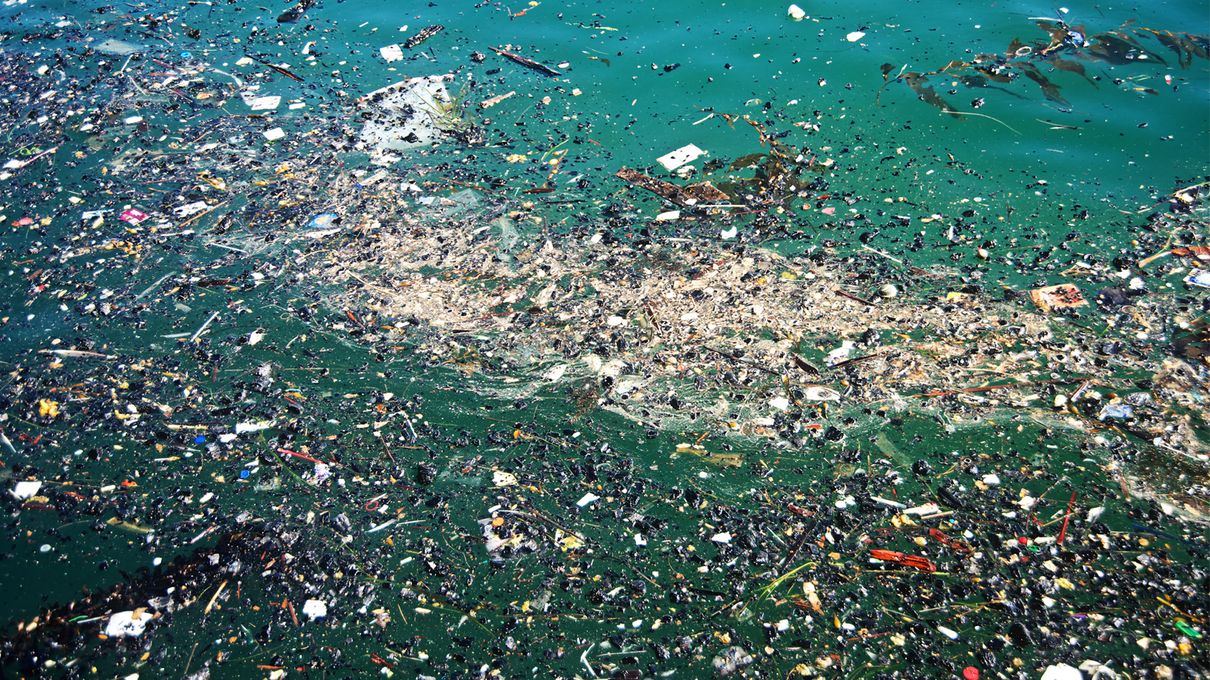Plastic waste and pollution impacts us all
At this point, we’re all aware that plastic pollutants are EVERYWHERE within our environment.
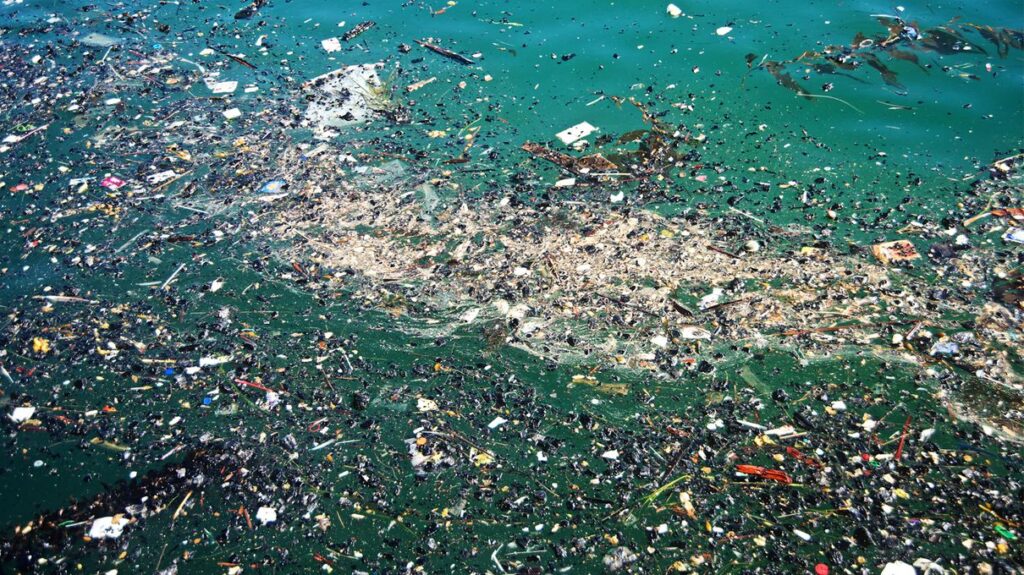
Microplastics have been discovered in most remote regions on Earth. The amount of plastic waste that enters the world’s oceans is astounding. Each year, millions of tons of plastics enter the oceans, resulting in dramatic negative impacts on marine life.
According to the Ellen MacArthur Foundation, 78 million tons of plastic packaging is produced every year–accounting for nearly one third of all plastic produced – yet only 2% is closed-loop recycled. Lack of proper collection and processing infrastructure, food-soiled packaging, and a “single-use” design mindset all contribute to low recycling rates for plastic packaging.
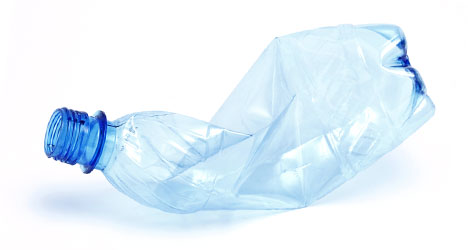
Unfortunately, and in many cases, we have moved past the first two “R’s” in the age old reduce, reuse, recycle saying. All too often, “recycled” plastic is shipped overseas to unsuitable processing streams and burned… not quite recycling success. This problem is two-fold: Not only does the burning result in toxic emissions and waste, the transportation itself creates greenhouse gas emissions and pollution as the barges ship waste across the ocean.
Plastic – necessary, but not always
There are many practical and important uses for plastic. Plastic allows us to produce lighter, more efficient vehicles, safely package medical equipment, and in many cases protect food allowing for a longer shelf life. But, unfortunately, there are many instances where single-use plastic packaging is remarkably unnecessary and generates tremendous amounts of waste. Everyday examples that come to mind might be the 20 pieces of sliced cheeses – each individually wrapped, or your child’s newest toy set – packaged in plastic, again each individual piece wrapped in its own plastic. Obviously, the cheese slices need to be packaged in some way, but it’s much more likely that we’ll take one slice from the stack and return the rest to the refrigerator… it’s not often we take a single slice of cheese and send it off on its own.
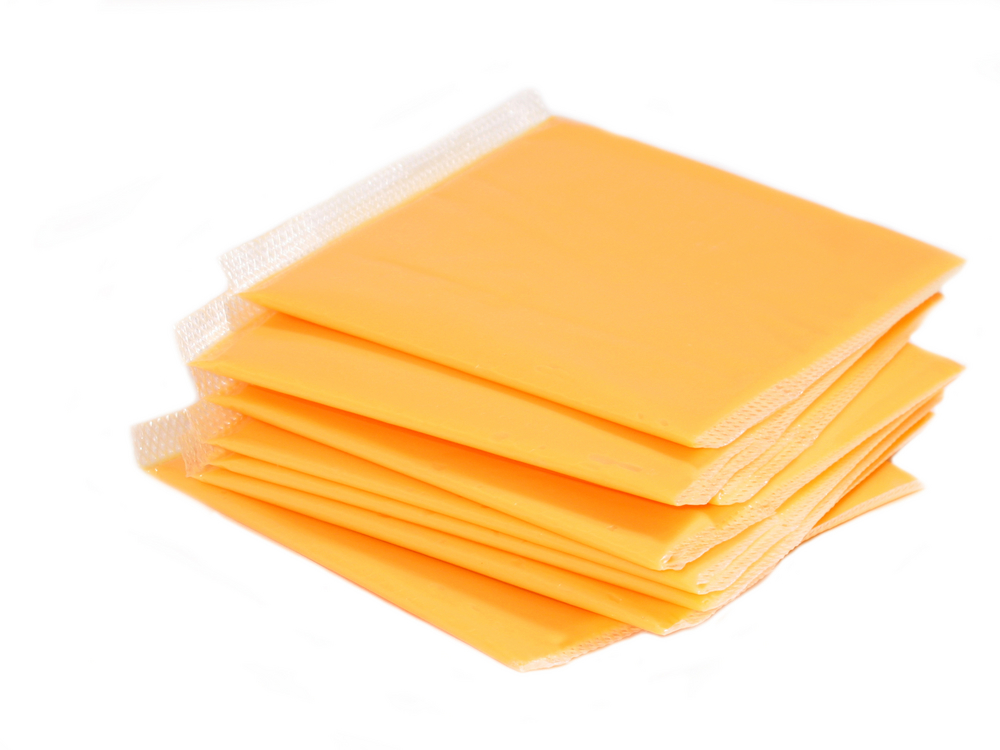
Packaging scenarios like the aforementioned cheese and toys are everywhere, and are so common that it has become the status quo. How many times have you purchased something only to find that there’s more plastic packaging than product? However disheartening it is, all hope is not lost. As we move towards a more sustainable future, our packaging presents excellent opportunities to focus on the first “R” in reduce, reuse, recycle. As brands and manufacturers are being pushed towards more environmentally friendly operations, reducing the amount of single-use plastics in packaging presents itself as the perfect first step to decrease our overall plastic consumption.
Simple steps to reduce individual consumption of single-use plastics
If you take time to focus on the amount of single-use plastics in our society, you might become pretty daunted by their sheer prevalence. But taking time to identify unnecessary plastic packaging is key to reducing the amount we consume and ultimately dispose of.
An easy place to start is at the grocery store. Most of us end up shopping for food at least a few times a month, if not weekly. Rather than bagging your groceries in plastic bags, opt for paper, or bring your own reusable bags (some stores even offer discounts for customers using reusable bags). Right off the bat you’ve started eliminating some single-use plastics. If you want to take it a step further, look closer at the packaging of the food you purchase. Let’s think again about the cheese example. Rather than buying a stack of individually wrapped cheese slices, look for the ones that are packaged as a stack without the individual wrapping.
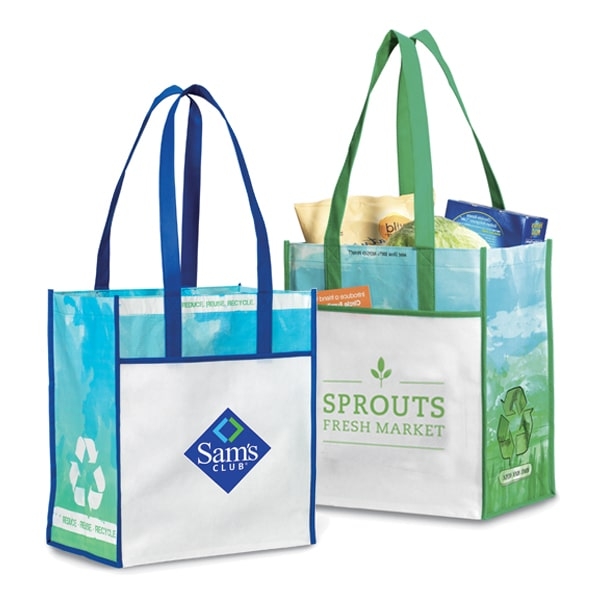
Once you’ve started noticing all the extra single-use plastic packaging, it will be more and more obvious, and easier to avoid. We can’t avoid all single-use plastic, but we can focus on the first “R” and start reducing our consumption.
Looking towards the future
The future, especially the next few years, is filled with uncertainty as the world pushes forward amidst the COVID-19 pandemic. It is likely we will encounter more single-use packaging as the demand for safe and sanitary packaging grows. As the world changes, we must continue to keep sustainability in mind, and place an emphasis on making sustainable choices for our businesses and our homes.

While a plastic-free future is unlikely, we can be certain that taking proactive steps to reduce our consumption of single-use plastic packaging will push us forward towards a more sustainable future.
